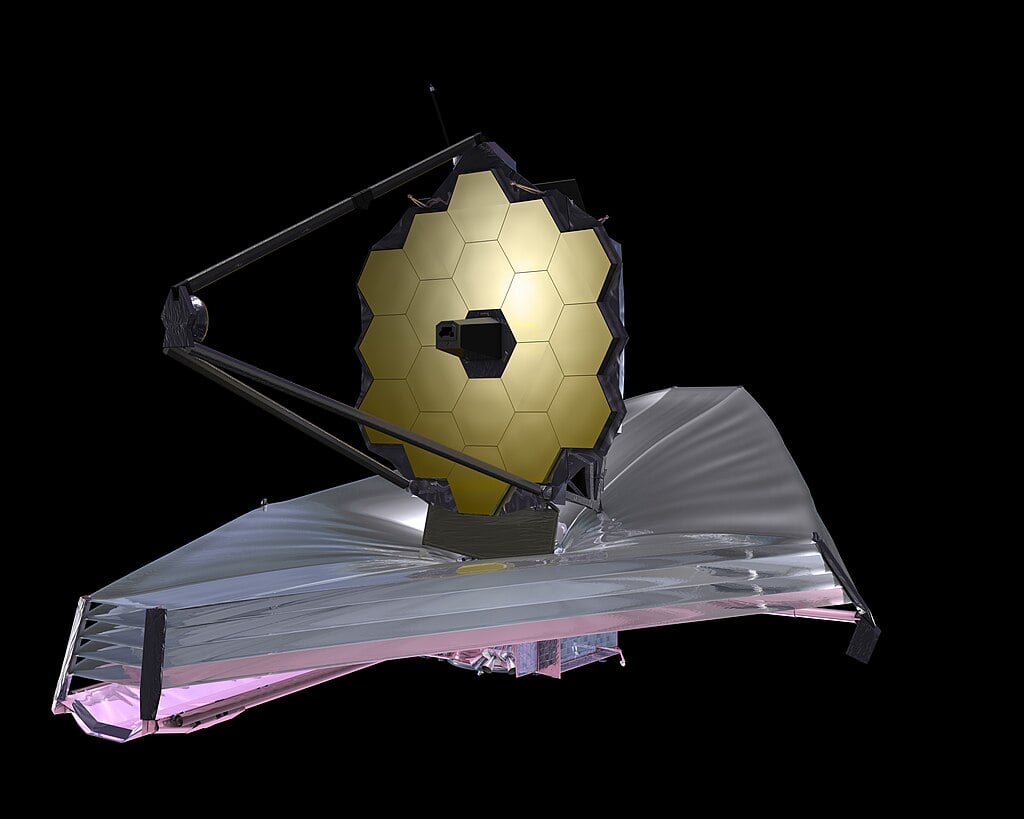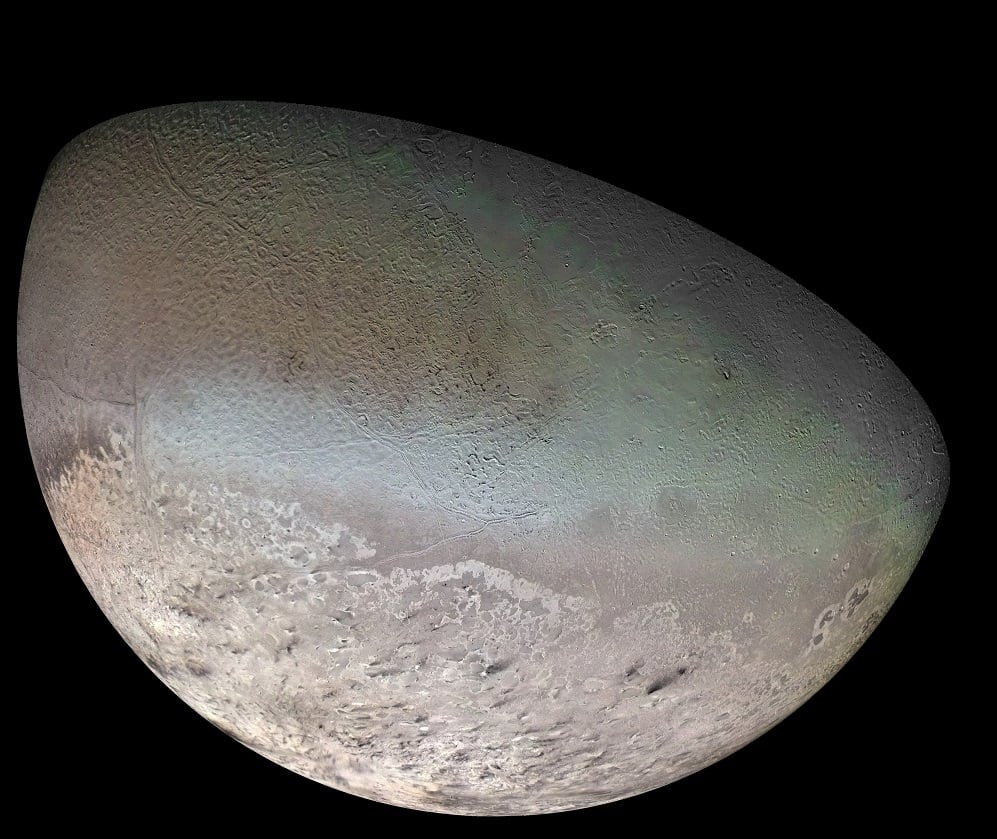
Continue reading

Continue reading

Continue reading

Continue reading

Continue reading

One explanation for dark matter is that it's made out of primordial black holes, formed in the earliest moments of the universe. Although they've never been seen directly, asteroid-mass black holes could account for all the dark matter influence. It's believed that these low-mass black holes would be undetectable as they merged, releasing gravitational waves. But according to a new paper, if the conditions are ideal, there are instruments that might detect these mergers.
Continue reading

Continue reading

Continue reading

Although the outer Solar System is mostly empty, there are icy objects drifting within the very limits of detection by our largest telescopes. But maybe small telescopes can be more successful. A new paper suggests that an array of 200 automated 40-cm telescopes spread across 1,000 km could be the best way to find them. They would watch for changes in brightness as objects pass in front of stars and could even find the hypothetical Planet Nine.
Continue reading

Continue reading

About 370,000 years after the Big Bang, the Universe had cooled down so light could escape, traveling for billions of years to reach our telescopes. This is the Cosmic Microwave Background Radiation, and the very last light released is known as "last scattering," when reflected, polarized light was released. New observations from the South Pole Telescope have completed a comprehensive survey of this polarized light, revealing more about the Universe's earliest history.
Continue reading

Continue reading

Continue reading

Continue reading

Continue reading

Researchers have been keeping an eye on the center of a galaxy located about a billion light-years away. Every few months, the galaxy center releases a flash of X-rays, which appears to be coming from a pair of supermassive black holes orbiting one another. They're only about a light-day apart and contain a combined 40 million solar masses. They take 130 days to orbit and are expected to collide in about 70,000 years.
Continue reading

Continue reading

Continue reading

The Sun is surrounded by the corona, a region of superheated gas above the surface that can be millions of degrees. Black holes have them too, but they can be billions of degrees. Astronomers have used NASA's IPXE mission to map the shape of a black hole corona for the first time. They found the corona matches the shape of the accretion disk feeding material into the black hole, and not a giant sphere that surrounds the region.
Continue reading

Continue reading

Continue reading

Continue reading

Continue reading

Continue reading

Continue reading

Continue reading

Continue reading

Continue reading

The Zone of Avoidance is a region of the sky that's obscured by the disk of the Milky Way. The gas and dust block our view in visible telescopes, but other wavelengths like radio and infrared can pierce it to see what's on the other side. Astronomers used the MeerKAT radio telescope to survey beyond the Zone, observing hundreds of galaxies, of which only 29% were already known. This is helping to map the Great Attractor galaxy cluster on the far side of the Milky Way.
Continue reading

Continue reading

Continue reading

Continue reading

Continue reading

There are good reasons to keep an eye on the Leonid meteors this year.
Continue reading

Continue reading

Continue reading

Continue reading

Continue reading

Continue reading

JWST's primary mirror consists of 18 individual segments, each of which can be moved on 6 different axes of freedom. This allows the telescope to maintain perfect focus, despite changing temperatures and micrometeorite strikes on its optics. The objective was 150 nanometers of wavefront error, but the current error is down to just 65 nanometers. In early October, engineers measured the telescope's jitter and refocused it again, bringing it to its perfect alignment
Continue reading

Continue reading

The speed of light gives astronomers a special trick when examining the tangled-up gravitational well around a black hole. Researchers have proposed that they can measure the spin of a black hole because of the bizarre path that photons take in their vicinity, released by accreting matter. Some photons blast straight out, while others are lensed indirectly, and some travel around the black hole twice before escaping, hinting at the black hole's rotation rate.
Continue reading

Continue reading

Continue reading

Continue reading

WST recently turned up hundreds of free-floating rogue planets in the Orion Nebula, 42 in binary configurations. How two Jupiter-mass objects could end up orbiting one another has puzzled astronomers, but now a team of researchers thinks they know it happens. Large, hot stars in the Orion Nebula blasted the outer layers of smaller stars, eroding them away and preventing them from gaining enough mass to ignite fusion in their cores - even binary stars.
Continue reading

A new space-based telescope aims to address a key solar mystery.
Continue reading

Continue reading

Continue reading

Continue reading


















































